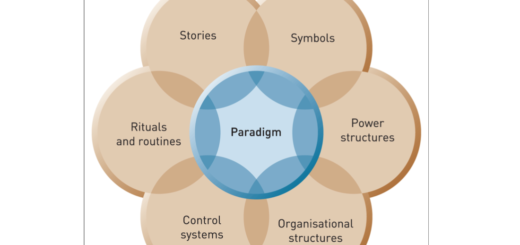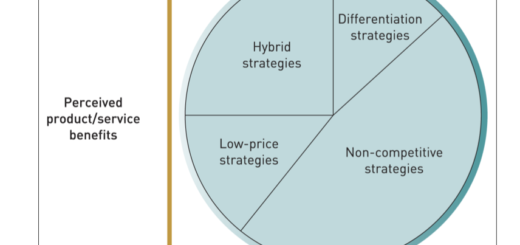Concept of Transactional Leadership
Transactional leadership is a leadership style that focuses on the exchange process between leaders and followers, where leaders provide rewards or punishments based on the followers’ performance. The concept of transactional leadership was first introduced by Max Weber in the early 20th century and later developed by James MacGregor Burns in 1978 as a contrast to transformational leadership.
- Uses reward and coercive powers to encourage high performance
- Problem-solving and implementing
- If subordinates do what is required by leader then given rewards
- Tend to support and maintain a ‘status quo’ and promote stability within organisations
Transactional leaders prioritize achieving specific goals, maintaining established processes, and ensuring that tasks are completed efficiently and effectively. They concentrate on maintaining the status quo and managing day-to-day operations rather than driving innovation or long-term change.
Explanation of Transactional Leadership:
Transactional leadership involves three main components:
- Contingent Reward: Transactional leaders establish clear expectations for their followers and offer rewards, such as financial incentives, promotions, or praise, when those expectations are met. This approach relies on the idea that people are motivated by the desire to gain rewards and avoid punishment.
- Management by Exception (Active): Transactional leaders closely monitor the performance of their followers, identify deviations from expected standards, and take corrective actions when necessary. They actively intervene to address issues or problems before they escalate, ensuring that the team remains on track to achieve its goals.
- Management by Exception (Passive): In this approach, transactional leaders only intervene when problems become severe or when performance falls significantly below expectations. Rather than proactively addressing potential issues, they react to problems as they arise, focusing on minimizing disruptions and maintaining stability.
Transactional leadership can be effective in situations where clear goals, established processes, and consistent performance are the priorities. It is particularly well-suited for routine tasks or environments where change is not a primary focus. However, transactional leadership may be less effective in promoting innovation, adaptability, and long-term organizational change compared to transformational leadership.




I would like to thnkx for the efforts you’ve put in writing this blog. I’m hoping the same high-grade blog post from you in the upcoming as well. In fact your creative writing abilities has encouraged me to get my own web site now. Really the blogging is spreading its wings rapidly. Your write up is a great example of it.
My brother recommended I might like this blog. He was totally right. This post truly made my day. You cann’t imagine simply how much time I had spent for this information! Thanks!
Hello! I just wanted to ask if you ever have any issues with hackers? My last blog (wordpress) was hacked and I ended up losing months of hard work due to no back up. Do you have any solutions to stop hackers?